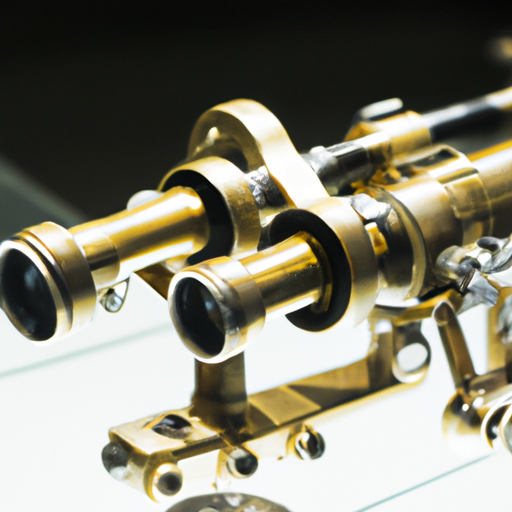
Optical instruments are devices that use lenses and mirrors to manipulate light in order to enhance our ability to see and analyze objects. These instruments have been used for centuries in various fields such as astronomy, microscopy, photography, and more. In this article, we will explore the key product features of optical instruments and how they contribute to their functionality and effectiveness.

2. Resolution: Resolution refers to the ability of an optical instrument to distinguish between two closely spaced objects. A higher resolution means that the instrument can produce clearer and more detailed images, making it easier to identify and analyze fine details. The resolution of an optical instrument is determined by factors such as the quality of the lenses and mirrors, the design of the instrument, and the wavelength of light used.
3. Field of view: The field of view of an optical instrument is the area that can be seen through the eyepiece or camera lens. A wider field of view allows us to see more of the object or scene being observed, making it easier to navigate and study large areas. The field of view is influenced by the design of the instrument, the focal length of the lenses, and other factors.
4. Light gathering ability: Optical instruments rely on light to create images, so their ability to gather and focus light is crucial for their performance. Instruments with larger apertures or lenses can gather more light, resulting in brighter and clearer images. This is particularly important in low-light conditions or when observing faint objects such as stars or distant galaxies.
5. Image quality: The quality of the images produced by an optical instrument is determined by factors such as sharpness, contrast, color accuracy, and distortion. High-quality lenses and mirrors, as well as precise alignment and calibration, are essential for producing clear and accurate images. Optical instruments with superior image quality are preferred for scientific research, photography, and other applications where accuracy and detail are important.
6. Versatility: Optical instruments come in a wide range of types and designs, each suited for specific applications. Some instruments, such as microscopes and telescopes, are designed for magnifying and studying small objects, while others, like cameras and binoculars, are used for capturing images or observing distant objects. Versatile instruments that can be adapted for different purposes are highly valued by professionals and hobbyists alike.
7. Durability and reliability: Optical instruments are precision devices that require careful handling and maintenance to ensure their longevity and performance. High-quality materials, robust construction, and precise manufacturing are essential for creating durable and reliable instruments that can withstand frequent use and environmental conditions. Instruments that are well-built and easy to maintain are preferred by users who rely on them for their work or hobbies.
8. Portability and ease of use: Many optical instruments are designed to be portable and user-friendly, allowing users to easily transport and set them up for observation or photography. Features such as lightweight construction, compact size, and intuitive controls make it easier for users to operate the instruments in the field or on the go. Portable and user-friendly instruments are popular among outdoor enthusiasts, travelers, and professionals who need to work in various locations.
In conclusion, optical instruments are essential tools for a wide range of applications, from scientific research and exploration to photography and entertainment. The key product features of these instruments, such as magnification, resolution, field of view, light gathering ability, image quality, versatility, durability, and portability, contribute to their functionality and effectiveness. By understanding these features and choosing the right instrument for their needs, users can enhance their ability to see and analyze the world around them.